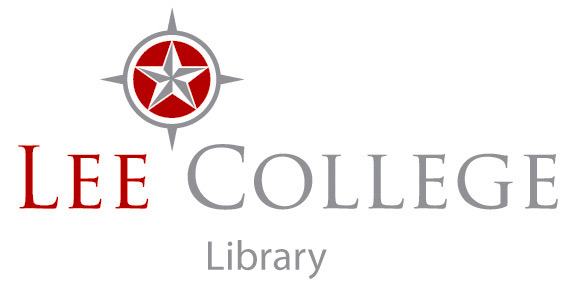Research Guide
The purpose of this guide is to help you find research materials online and in the library. You may use the tabs above to navigate within this research guide related to psychology.
Welcome!

Jean Piaget
Piaget was a Swiss psychologist who was the first to make a methodical study of the four stages of mental growth in children.

Object permanence
Noted by Piaget, object permanence is the awareness that objects continue to exist when they are no longer visible and does not fully develop until 9 months of age.

B. F. Skinner
A noted American experimental research psychologist, Skinner was an exponent of radical behaviorism.

Rat in a Skinner box
An integral part of Skinner's behaviorism studies, a Skinner box contains a lever and a small tray outside the chamber. The lever can be pressed by the animal to gain a reward (like food) or to avoid punishment (like electric shock).

Phineas Gage
A man named Phineas Gage suffered a massive head injury in 1848 when a iron rod entered his head, passing through the frontal lobe of his brain. Gage initially appeared to make a full recovery but later it was reported that his personality was drastically altered by the accident, giving early insight into how the human brain functions.

Placebo
Hands holding two identical capsules, one of which is medically inactive (a placebo) while the other is a drug or medicine. Placebos are used as controls in clinical drug trials to counteract the psychological "placebo effect".

Pavlov and his dog
Pavlov (seated) observes one of the dogs on which he conducted his behaviorist experiments that won him a Nobel Prize.

Harry Harlow's monkeys
Harlow examined how rhesus monkeys interacted with surrogate "mothers", including ones made of terrycloth (like this one) and ones made of wire.

MRI
Magnetic resonance imaging, midsaggital section, showing a normal brain with the hypothalamus (orange) and pituitary gland and pituitary stalk (rose) highlighted in color.

